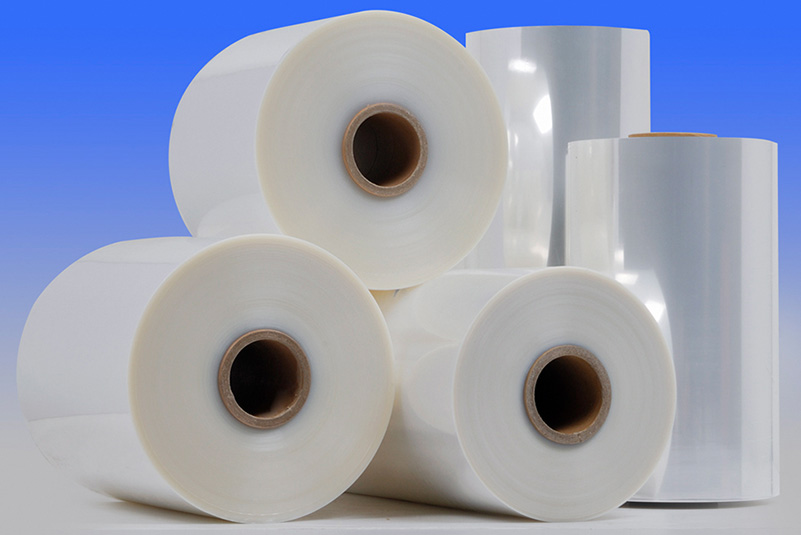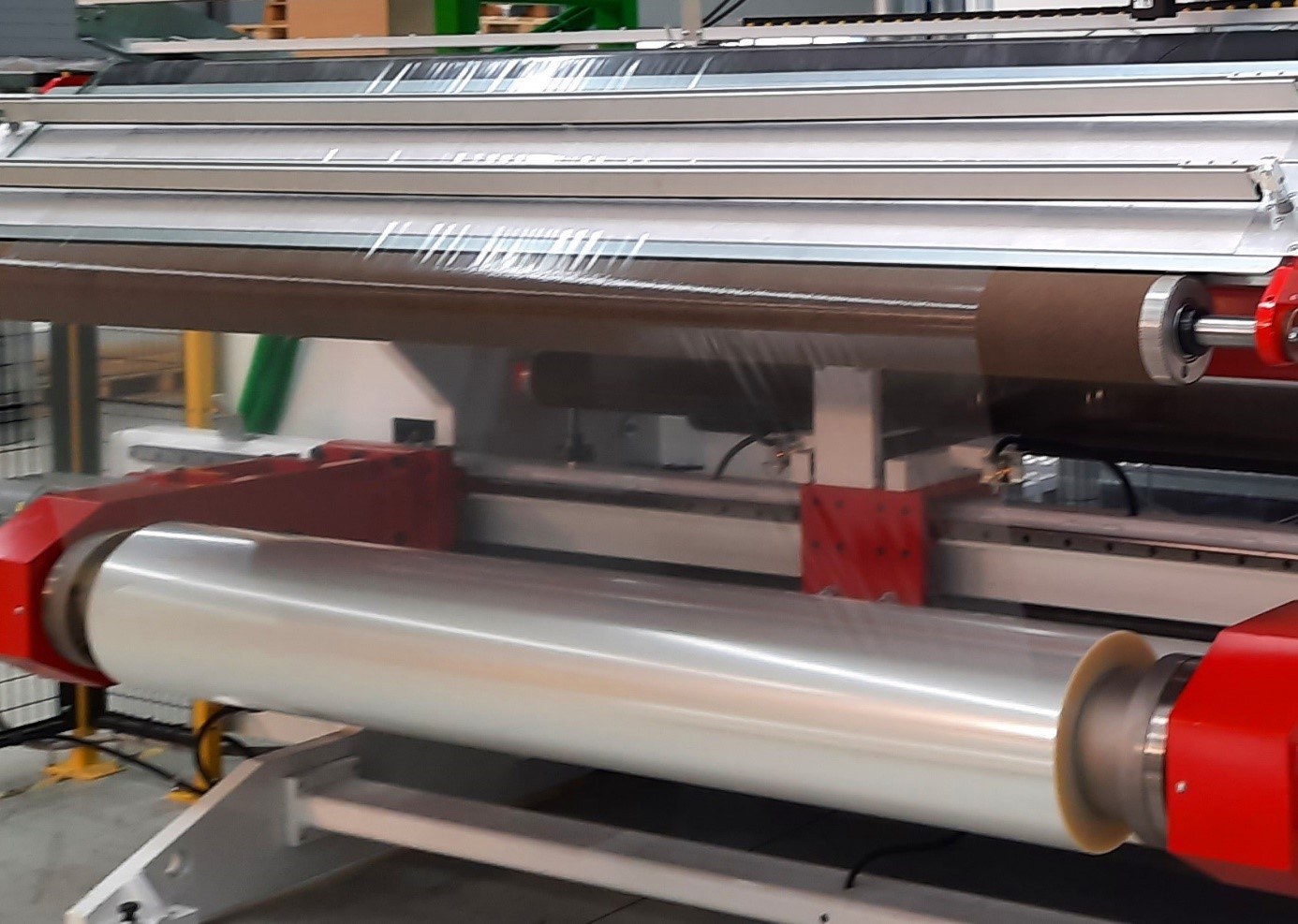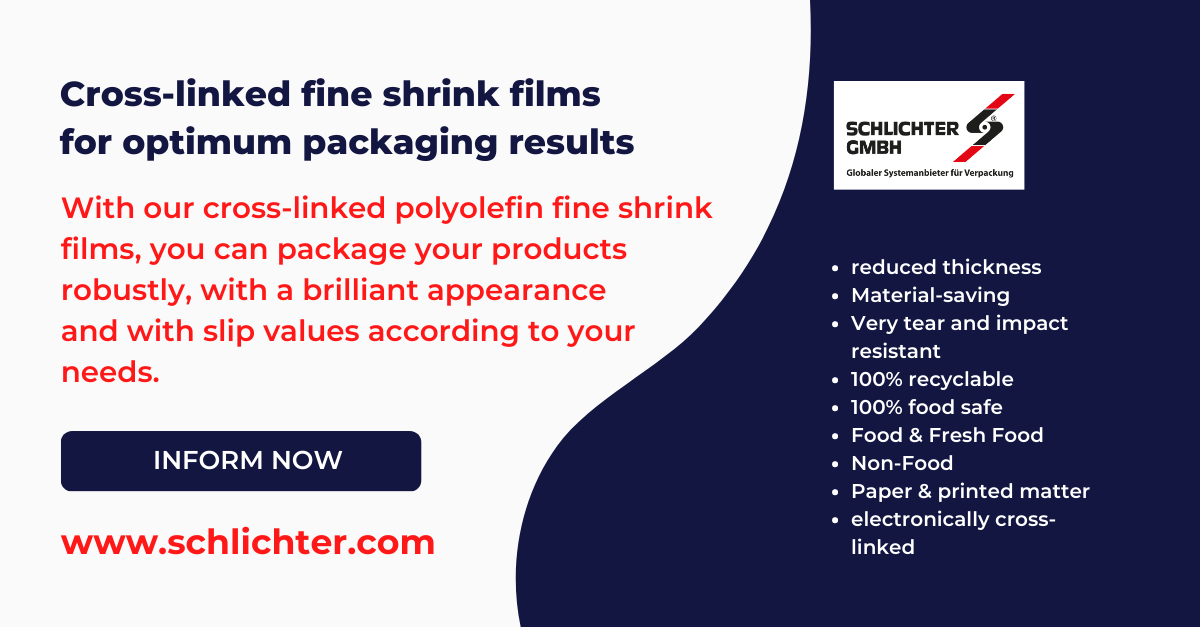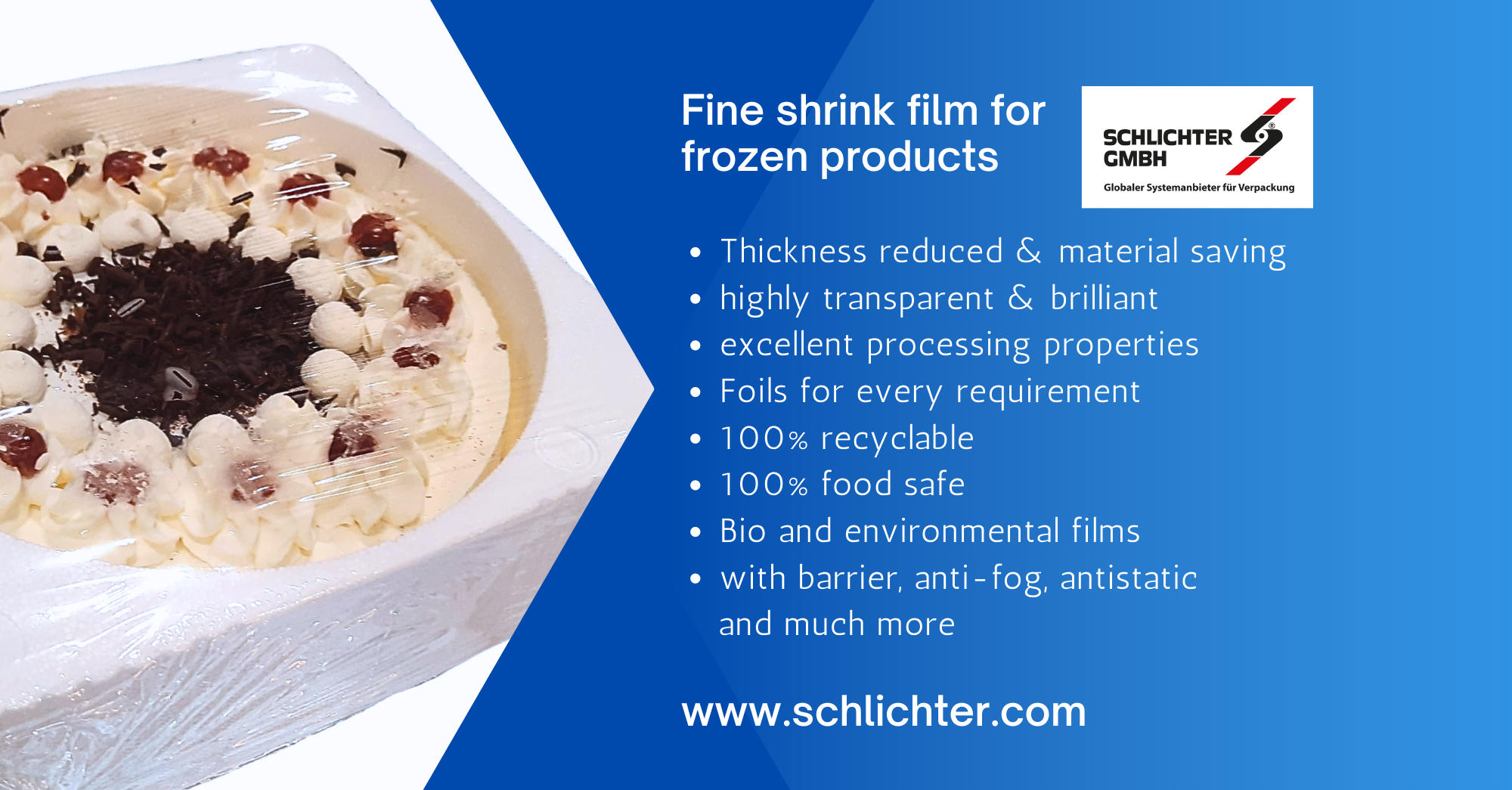Paper packaging in the fresh produce sector harms the environment. A provocative but correct thesis. As reported on freshplaza.de, Shay Zeltzer, post-harvest specialist and founder of Postharvest Hub Ltd. is also shocked by the greenwashing regarding the increased use of paper packaging in the fresh produce sector after visiting Fruit Logistica in Berlin.
The active environmentalist has been involved in the development of packaging for fresh produce for more than 30 years, also with a view to reducing waste.
According to the article, the current increase in the use of paper packaging in the fresh produce sector is not only pure “greenwashing”, but also massively damaging to the environment.
Shay Zeltzer speaks of an “ecological disaster”.
Why paper packaging is counterproductive in terms of environmental compatibility
According to Zeltzer, there are various reasons why paper packaging in the fresh produce sector tends to harm the environment. A variety of reasons speak against the packaging of fresh produce in paper packaging. Here are some of the reasons listed by the environmental activist.
- The production of paper bags consumes more energy than the production of plastic.
- The United States Department of Energy (DOE) has found the energy required to produce one tonne to be about 5,162 kWh (handmade paper weighing about 200-250 grams per m²). In contrast, one tonne of LDPE film (thickness approx. 20-30 microns) requires only half the energy. Also, a lot of water is needed in paper production.
- Another point is the necessary lamination and impregnation of paper packaging to make it sealable and usable for the fresh food sector. This is counterproductive and negative in terms of compostability. These materials are not suitable for compost.
- Increased deforestation is another problem. Forestry will not be sufficient to meet the increasing demand for paper packaging if the trend continues.
- But paper is also less environmentally friendly when it comes to transport and the associated CO² emissions.
- This is because paper is heavier and bulkier compared to plastic. Therefore, it has a larger carbon footprint when shipped: a typical plastic bag weighs 0.0276 grams per square metre depending on the thickness. A paper bag that has the same tear strength as a plastic bag weighs about 60 grams per square metre. If you take the tear strength as a measure, paper is 2,000 times heavier than the equivalent LDPE bag.
Composite paper packaging – it looks environmentally friendly, but it isn’t.
The situation is even worse with so-called paper composite packaging. Here, the packaging is made of paper and partly of plastic. The consumer very often gets it wrong when disposing of it. Even with good will to separate the materials, which already takes some effort and requires great awareness, laminations and impregnations cannot be removed.
In reality, the disposal and separation of the different materials is rarely done adequately. The result: paper goes into the plastic waste or plastic into the waste paper bin. In both cases, disposal is not possible correctly according to environmental aspects. At the same time, consumers believe they are making a good contribution by using paper – unfortunately, far from it.
“We should act better, and the sooner the better, to reverse this popular trend and return to sanity,” says Shay according to the article.
Consumers need to be better informed, ignorance and the aforementioned greenwashing, as well as extensive marketing, is misleading them into believing that packaging is more environmentally friendly.
The solution? The 3Rs “Reuse, Reduce and Recycle”.
The solution can be the so-called 3Rs, which stand for “Reuse, Reduce and Recycle”. If plastic-based packaging is used in a way that reduces packaging sizes and thicknesses, avoids over-packaging and focuses on sustainable “reuse and recycle”, plastic packaging is more sustainable than the supposed paper packaging and paper composite packaging.
Packaging films from Schlichter GmbH already implement the 3Rs
Schlichter GmbH has fully supported this idea for many years and has been committed to environmentally friendly packaging solutions for years.
The sustainable, reduced-strength high-performance films made from recyclate in the field of polyolefin fine shrink films, BOPP films and bio and environmental films are the result of these years of effort.
The implementation of a sustainable packaging strategy that meets environmental protection and the requirements of freshness and food safety in equal measure is a major concern in the further development of films at Schlichter GmbH.
With its innovative PCR and PIR (post-consumer recyclate and post-industrial recyclate) films, Schlichter GmbH is therefore already setting standards with regard to an environmentally friendly packaging industry.
Sustainable films from the area of post-consumer recyclate films (PCR)
The sustainable high-performance films listed below consist of a certified proportion of recycled plastic and are highly transparent, brilliant in appearance and reliably protect the product. These packaging films have high mechanical strength and excellent sealing and shrinking properties. The films are 100% food safe and 100% recyclable in the LDPE cycle.
Many additional properties make this film applicable for almost all purposes and meet the criteria for sustainability and packaging safety, with the best packaging results.
BF-RecyUse Circular E-PCR, 12, 15, 19, 25, 30 mµ
Film with approx. 31 % PCR recycled content (post consumer recyclates)
Polyolefin fine shrink film, multilayer material
BF-RecyUse Circular X-PCR, 10, 12, 15, 19, 25 mµ
Film with approx. 30 % certified PCR (post consumer recyclates)
Premium polyolefin fine shrink film in a class of its own.
5-ply, cross-linked, electronically irradiated high-tech film, extremely high seal strength, shrink value up to approx. 88 %.
Sustainable films from the Post Industrial Recyclate (PIR) range
Polyolefin fine shrink film, highly transparent and glossy.
brilliant with high mechanical strength and
excellent sealing and shrinking properties.
100% food safe and 100% recyclable in the LDPE04 cycle.
BF-RecyUse HLT, 9, 11, 14 mµ
Film with approx. 40 % PIR (Post Industrial Recyclate) recycled content.
Hot slip multilayer material for very high cycle rates.
Low temperature film
BF-RecyUse HSF, 10 mµ
Film with approx. 40 % PIR (Post Industrial Recyclate) recycling content.
Cross-linked multi-layer material for very high cycle rates up to 250 cycles/min.
BF-RecyUse ECO,12, 15, 19, 25, 30 mµ
Film with approx. 40 % PIR (post industrial recyclates) recycled content
Polyolefin fine shrink film, highly transparent and glossy
Multilayer material, very brilliant, high mechanical strength
Would you like to find out more about our wide range of films? Schlichter GmbH will be happy to provide you with individual advice. Write to us or give us a call.
……..
Picture source: IStock.com ID 1447194165 © Elina_Yevgrashkina







